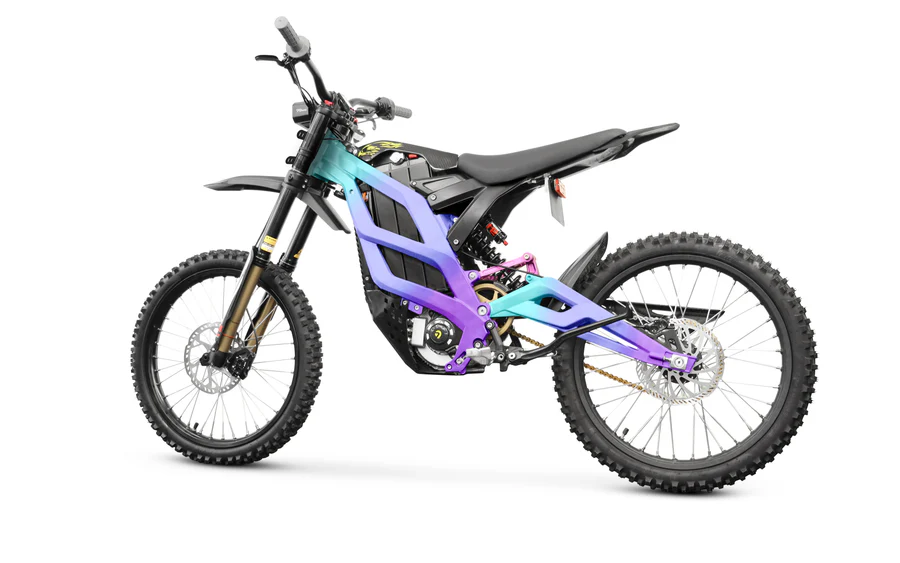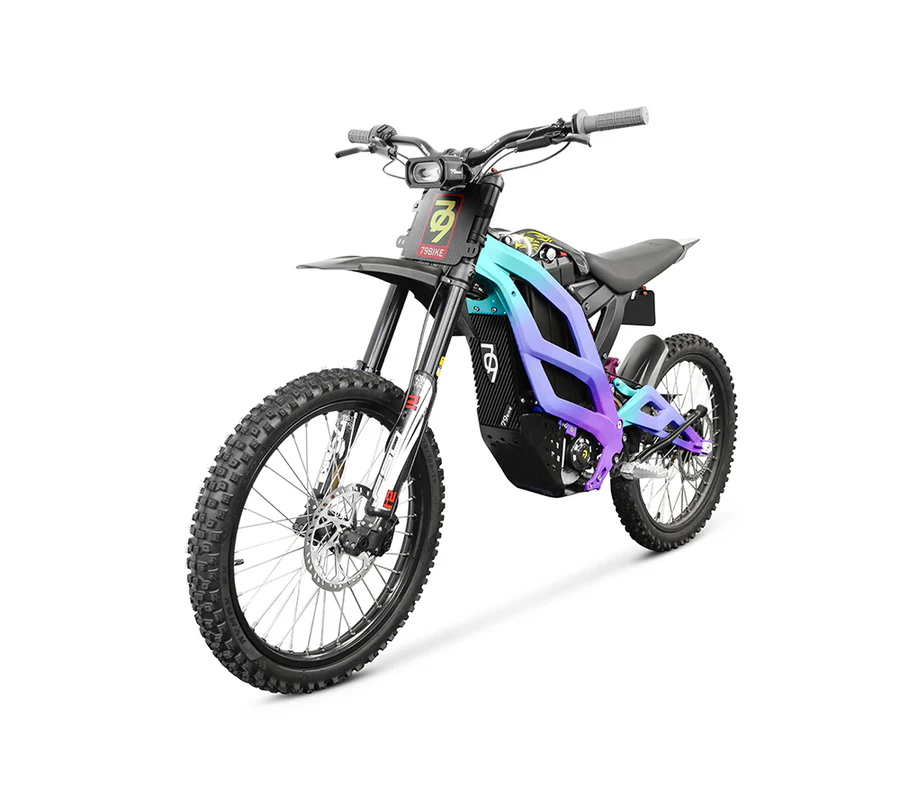Understanding Modern Dirt Bike Choices for Adult Riders
The world of dirt bikes for adults has evolved dramatically over the past decade, presenting riders with an exciting yet sometimes overwhelming array of options. Whether you're an experienced trail rider or someone looking to embrace the thrill of off-road adventures, choosing between gas and electric dirt bikes requires careful consideration of various factors. Today's market offers sophisticated machines that cater to different riding styles, skill levels, and environmental preferences.
As technology advances and environmental consciousness grows, the decision between traditional gas-powered dirt bikes and their electric counterparts becomes increasingly complex. Both options present unique advantages and potential drawbacks that can significantly impact your riding experience. Understanding these differences is crucial for making an informed decision that aligns with your riding goals and preferences.
Gas-Powered Dirt Bikes: The Traditional Choice
Performance Characteristics of Gas Engines
Gas-powered dirt bikes for adults have long dominated the off-road scene, and for good reason. These machines offer exceptional power delivery, with the distinctive growl of internal combustion engines that many riders find thrilling. The immediate response and raw power of a gas engine provide an authentic riding experience that's hard to replicate. These bikes typically deliver consistent performance throughout long riding sessions, with quick refueling capabilities that keep you on the trails.
The power-to-weight ratio of gas-powered dirt bikes remains one of their strongest selling points. Modern fuel-injection systems have largely replaced carburetors, offering improved reliability and more precise throttle response. This technology helps riders maintain better control while navigating challenging terrain, making gas dirt bikes particularly suitable for competitive racing and advanced trail riding.
Maintenance and Long-term Ownership
Owning a gas-powered dirt bike requires a commitment to regular maintenance. The engine needs consistent oil changes, air filter cleaning, and periodic valve adjustments. While these maintenance requirements might seem demanding, they also offer riders the opportunity to develop mechanical knowledge and a deeper connection with their machines. Many adult riders appreciate the ability to perform basic maintenance themselves, potentially saving on service costs.
The availability of parts and widespread knowledge of gas engine mechanics means that finding qualified repair services is relatively easy. This extensive support network can be particularly valuable for riders who frequently tackle challenging terrain or participate in competitive events where quick repairs might be necessary.

Electric Dirt Bikes: The Modern Alternative
Benefits of Electric Power Systems
Electric dirt bikes for adults represent the cutting edge of off-road technology. These machines offer instant torque delivery, providing impressive acceleration and climbing ability. The electric powertrain eliminates the need for clutch management, making them particularly appealing to newer riders or those seeking a simplified riding experience. The near-silent operation allows riders to access areas where noise restrictions might limit gas-powered bikes.
Another significant advantage is the reduced environmental impact. Electric dirt bikes produce zero direct emissions and operate with minimal noise pollution. This eco-friendly aspect makes them increasingly popular among environmentally conscious riders and those who frequently ride near residential areas. The quieter operation can also help reduce rider fatigue during long sessions, as there's less engine noise and vibration to contend with.
Range and Charging Considerations
One of the primary considerations for electric dirt bikes is battery life and charging logistics. While technology continues to improve, most electric dirt bikes for adults currently offer riding times ranging from 1-3 hours, depending on terrain and riding style. Planning longer rides requires careful consideration of battery capacity and charging availability. Some models feature removable batteries, while others need to be charged as a complete unit.
The charging infrastructure for electric dirt bikes continues to expand, but riders need to plan their adventures around available charging options. Many riders choose to carry spare batteries for extended trips, though this adds to the overall weight and cost considerations. The trade-off between range and weight remains a key factor in the design and evolution of electric dirt bikes.
Cost Comparison and Value Analysis
Initial Purchase and Operating Expenses
The initial cost of dirt bikes for adults varies significantly between gas and electric options. While electric models often carry a higher purchase price, they typically offer lower operating costs over time. Gas-powered bikes require ongoing fuel expenses and more frequent maintenance, while electric bikes primarily need electricity for charging and less frequent maintenance interventions.
Insurance costs can also differ between the two types, with some providers offering lower rates for electric bikes due to their simpler mechanical nature and reduced fire risk. However, battery replacement costs for electric models should be factored into long-term ownership calculations, as high-quality lithium-ion batteries can represent a significant expense when replacement becomes necessary.
Resale Value and Market Trends
The resale market for dirt bikes continues to evolve as electric options gain popularity. Traditional gas-powered dirt bikes for adults have historically maintained strong resale values, particularly for well-maintained machines from reputable manufacturers. The market for used electric dirt bikes is still developing, but early indicators suggest that quality electric models can retain their value well, especially as battery technology improves and charging infrastructure expands.
Market trends indicate growing interest in electric options, particularly in regions with strict environmental regulations or noise restrictions. This shifting landscape may influence future resale values and market availability for both types of bikes.
Frequently Asked Questions
How long do electric dirt bikes typically last compared to gas models?
Electric dirt bikes for adults can last just as long as gas models with proper maintenance. The electric motor and controller typically require minimal maintenance and can outlast gas engines. However, batteries may need replacement every 3-5 years depending on usage patterns and charging habits. Gas bikes, with regular maintenance, can run reliably for many years, though engine rebuilds may be necessary after extensive use.
Can electric dirt bikes handle the same terrain as gas-powered ones?
Modern electric dirt bikes are designed to handle virtually all the same terrain as their gas-powered counterparts. Their instant torque delivery can actually provide advantages in technical climbing and low-speed control. The main limitation isn't terrain capability but rather range and charging availability for longer adventures.
What's the learning curve difference between gas and electric dirt bikes?
Electric dirt bikes generally offer a gentler learning curve for adult beginners due to their simpler operation without clutch management and consistent power delivery. Gas bikes typically require more skill to master but offer greater control options for experienced riders. Both types require practice to develop proper riding technique and trail navigation skills.

